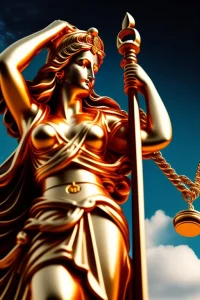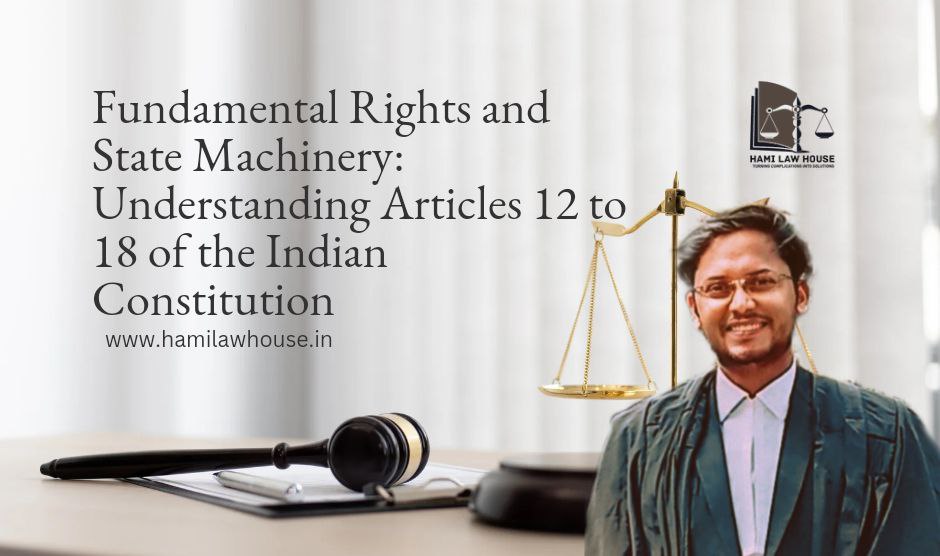New Delhi: The Indian Constitution has articles 12 to 18 that deal with the definition of the term “State,” the scope of these provisions, and fundamental rights related to equality. Let’s go through each of these articles with brief explanations and examples:
Article 12: Definition of “State”
Article 12 of the Indian Constitution defines the term “State” to understand fundamental rights. This article, “State” includes the following:
- The Government and Parliament of India
- The Government and the Legislature of each of the States
- All local or other authorities within the territory of India or under the control of the Government of India.
Example: A state government, like the government of Maharashtra, would be considered a “State” under Article 12. Similarly, local authorities like municipal corporations, panchayats, and district administrations are also included within the definition of “State.”

Article 13: Laws inconsistent with or in derogation of fundamental rights
Article 13 prohibits the State from making any law that violates or abridges the fundamental rights of citizens. If any law is found to be inconsistent with or in derogation of the fundamental rights, it shall be deemed void to the extent of such inconsistency.
Example: If the government of a state passes a law that restricts the freedom of speech and expression of citizens beyond what is permissible under the Indian Constitution, then that particular provision of the law would be deemed void as it violates the fundamental right to freedom of speech and expression.
Article 14: Right to Equality
Article 14 guarantees the right to equality before the law or equal protection of the laws to all persons within the territory of India. It prohibits discrimination on grounds of religion, race, caste, sex, or place of birth.
Example: If a state government introduces a policy that denies certain community access to education or employment opportunities based on their religion, it would be considered a violation of Article 14 as it discriminates against people based on their religion.
Article 15: Prohibition of discrimination on certain grounds
Article 15 expands on the principle of equality and prohibits discrimination against any citizen on grounds of religion, race, caste, sex, or place of birth in matters of access to shops, public restaurants, hotels, and places of public entertainment, or the use of wells, tanks, bathing ghats, etc.
Example: If a village panchayat decides to prohibit people of a particular caste from using a public well, it would be a violation of Article 15 as it discriminates against citizens based on their caste.
Article 16: Equality of opportunity in matters of public employment
Article 16 ensures equality of opportunity in matters of public employment under the State. It prohibits discrimination in employment based on religion, race, caste, sex, descent, place of birth, or residence.
Example: If the central government sets a policy stating that only individuals belonging to a specific religion are eligible for certain government jobs, it would be a violation of Article 16 as it discriminates against candidates based on their religion.

Article 17: Abolition of Untouchability
Article 17 abolishes the practice of “untouchability” and forbids its practice in any form. The enforcement of any disability arising out of untouchability is also prohibited.
Example: If any community or individual treats certain groups as “untouchables” and imposes social or economic disabilities on them, it would be a violation of Article 17.
Article 18: Abolition of titles
Article 18 prohibits the State from conferring any titles (except military and academic distinctions) on individuals. It also prohibits citizens from accepting titles from a foreign state.
Example: If the government decides to confer hereditary titles on certain individuals, it would be a violation of Article 18 as it prohibits the conferring of titles.
Please note that these examples are for illustrative purposes only and may not represent actual events or cases. The Indian Constitution is a complex and dynamic document, and its interpretation and application are done by the judiciary based on specific circumstances and contexts.
